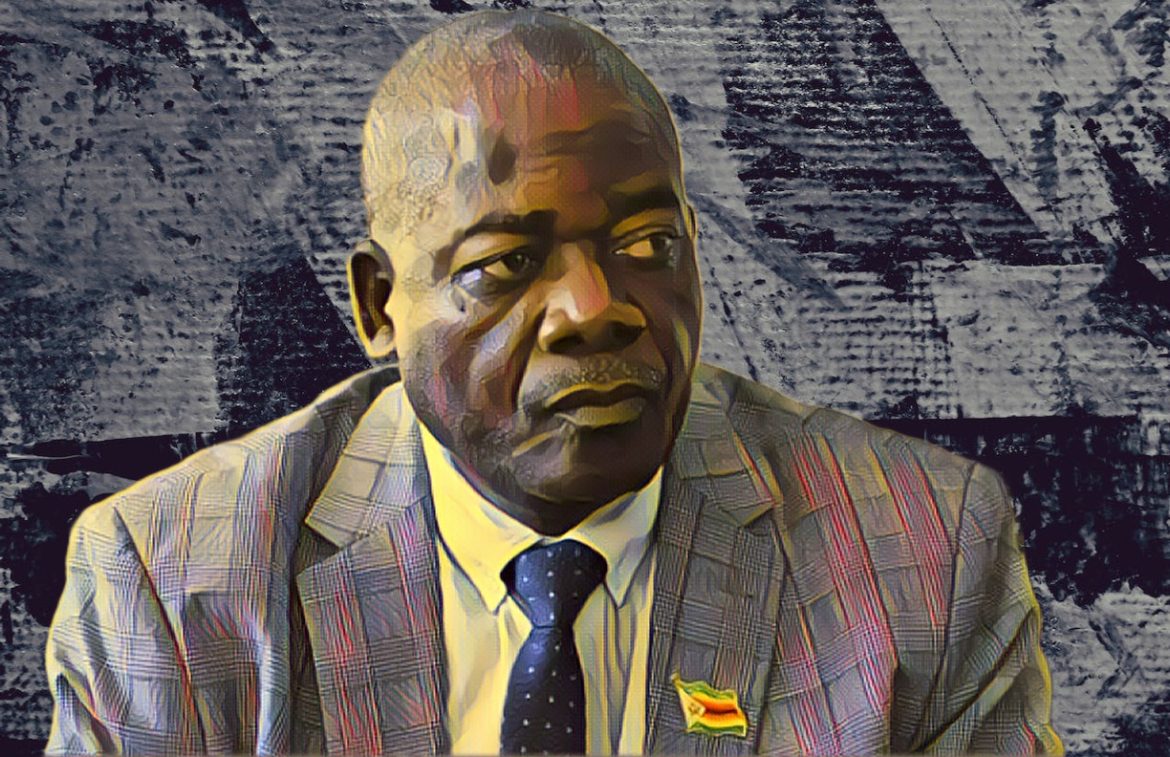In a significant acknowledgment of missteps, the Zimbabwean government has openly admitted to the flawed execution of the Continuous Assessment Learning Activity (CALA), with the Minister of Primary and Secondary Education, Torerai Moyo, recognizing the initiative’s shortcomings and its inadequacy in equipping students with necessary modern skills. The government’s candid confession came during the announcement of the discontinuation of CALA, a decision spurred by widespread criticism from various educational stakeholders. The minister disclosed the transition towards a heritage-based curriculum designed to foster innovation skills among students, signaling a new direction in Zimbabwe’s educational policy.
The admission of the CALA blunder was made at the inaugural edition of the national children’s awards in Harare, where Moyo delineated the pitfalls of the hurriedly implemented CALA, which ultimately led to its removal. He elucidated the ministry’s plan to retrain teachers across the board, from the head office down, to align with the pedagogical shift towards the new curriculum. The upcoming weeks are expected to see the roll-out of an implementation matrix, offering a structured plan on how the heritage-based curriculum will be introduced and executed within the educational framework.
The heritage-based curriculum, now at the forefront of Zimbabwe’s educational reform, aims to pivot towards cultivating the innovation skills of students. This initiative is set to replace the previously critiqued CALA, with the government’s approach reflecting a nuanced understanding of the contemporary skill sets required by students to navigate and succeed in the modern world. The unveiling of this curriculum pivot was aptly demonstrated at the children’s awards ceremony, where students from various schools showcased their innovations, embodying the curriculum’s emphasis on creativity and practical skills.
The event also marked the launch of a children-oriented magazine, a move celebrated by Jewel Multimedia Chief Executive Officer Chiratidzo Malinganisa as a testament to the potential and hope vested in the youth. Malinganisa’s address underscored the event’s dual purpose: to honor the innovative achievements of the students and to herald the introduction of resources like the new magazine, designed to inspire and cultivate the aspirations of Zimbabwe’s young minds.
This development in Zimbabwe’s educational landscape highlights a pivotal moment of introspection and recalibration for the government, underscored by a commitment to refining the educational system to better meet the needs of its students. The shift towards a heritage-based curriculum, with its focus on innovation, indicates a forward-looking strategy aimed at preparing students not just academically but also equipping them with the creative and practical skills essential for success in the 21st century.
The government’s move to consult on a new minerals policy and the announcement of new concessions by Hwange Colliery to drive growth further illustrate the broader context of reform and innovation within Zimbabwe. These steps, along with the new educational curriculum, represent the nation’s efforts to harness its resources—both natural and human—to create a more sustainable and prosperous future.
As Zimbabwe navigates these changes, the importance of transparent communication and stakeholder engagement emerges as a critical factor in the successful implementation of these reforms. The admission of past mistakes, coupled with a clear vision for the future, sets a constructive precedent for government accountability and responsiveness to the needs of its citizens, particularly its younger generation. This new chapter in Zimbabwe’s educational policy, marked by an emphasis on heritage and innovation, promises to lay the groundwork for a more dynamic and skill-oriented learning environment, fostering the growth of students who are not only academically proficient but also equipped to contribute creatively and effectively to the global society.
Source: NewZimbawe


